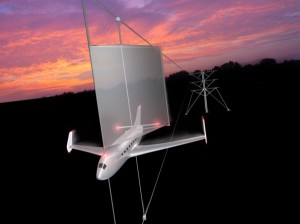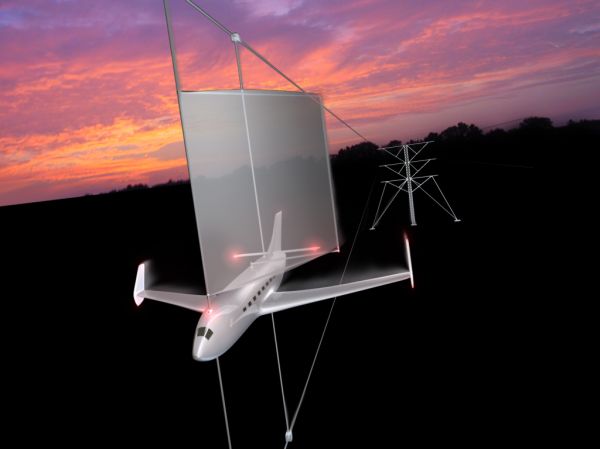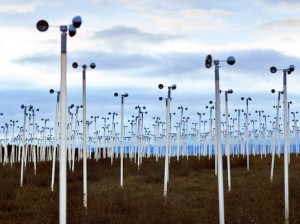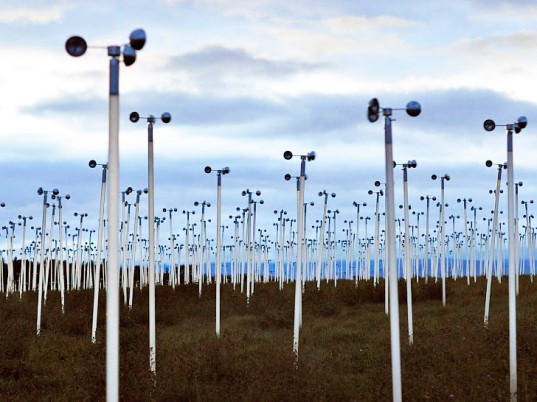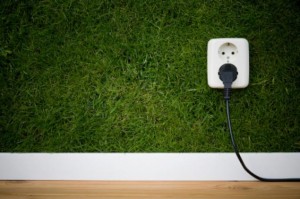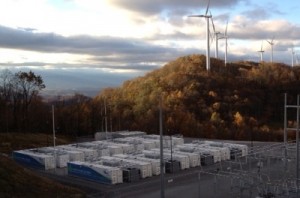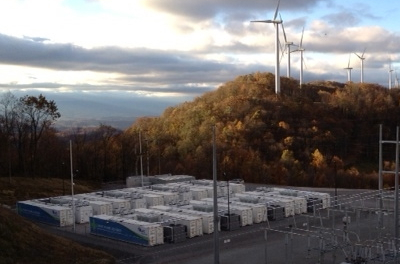
The Energy Competence Centre (ECC) has recently finished the development of its second wind turbine project at the Massachusetts Military Reservation (MMR).
The project consists of the installation of two 1.5-megawatt GE wind turbines which will provide clean electricity to the Air Force Center for Engineering. MMR’s main goal is to obtain all of its energy from renewables.
“This highly visible project was delivered safely, with high quality and ahead of schedule through the collective efforts of the entire AFCEE/ECC team. Each time I cross the Sagamore Bridge and see the turbines spinning, I am reminded of ECC’s contribution in bringing alternative energy to Cape Cod,” said Brian LaMont, program manager for ECC.
 Follow
Follow